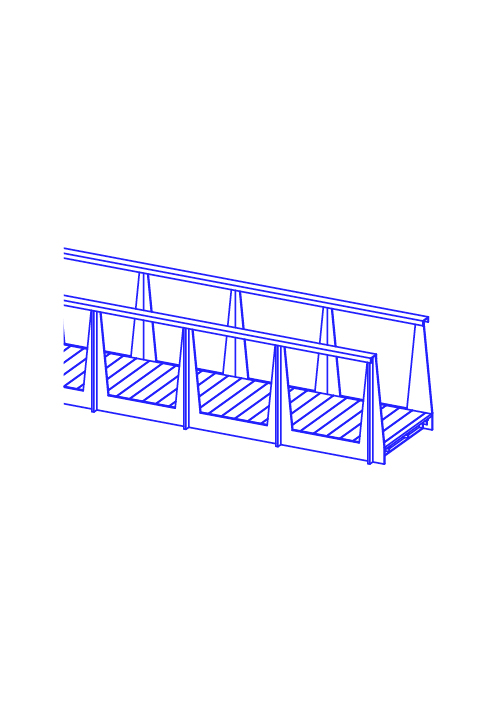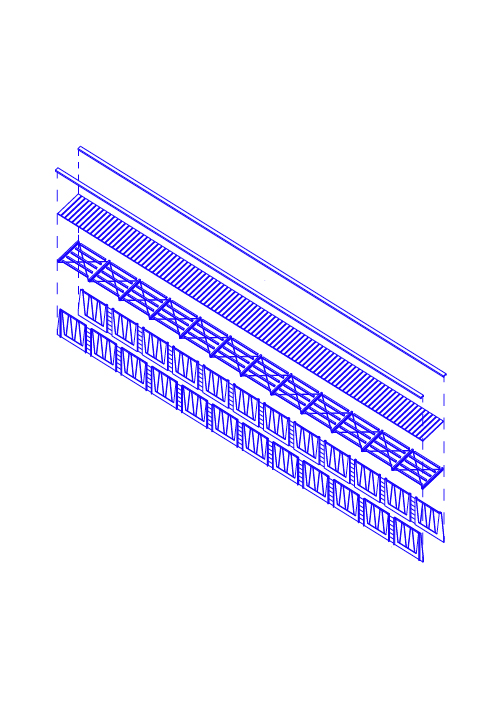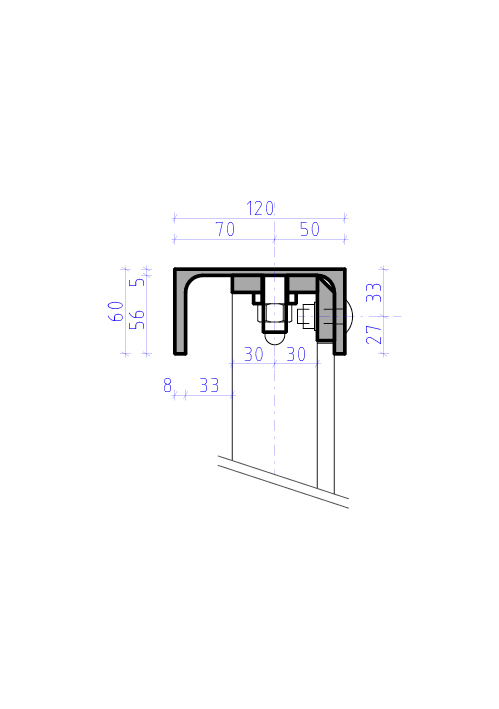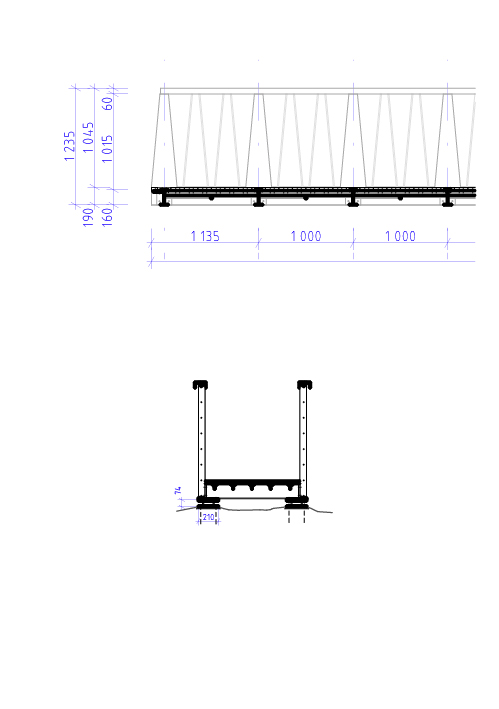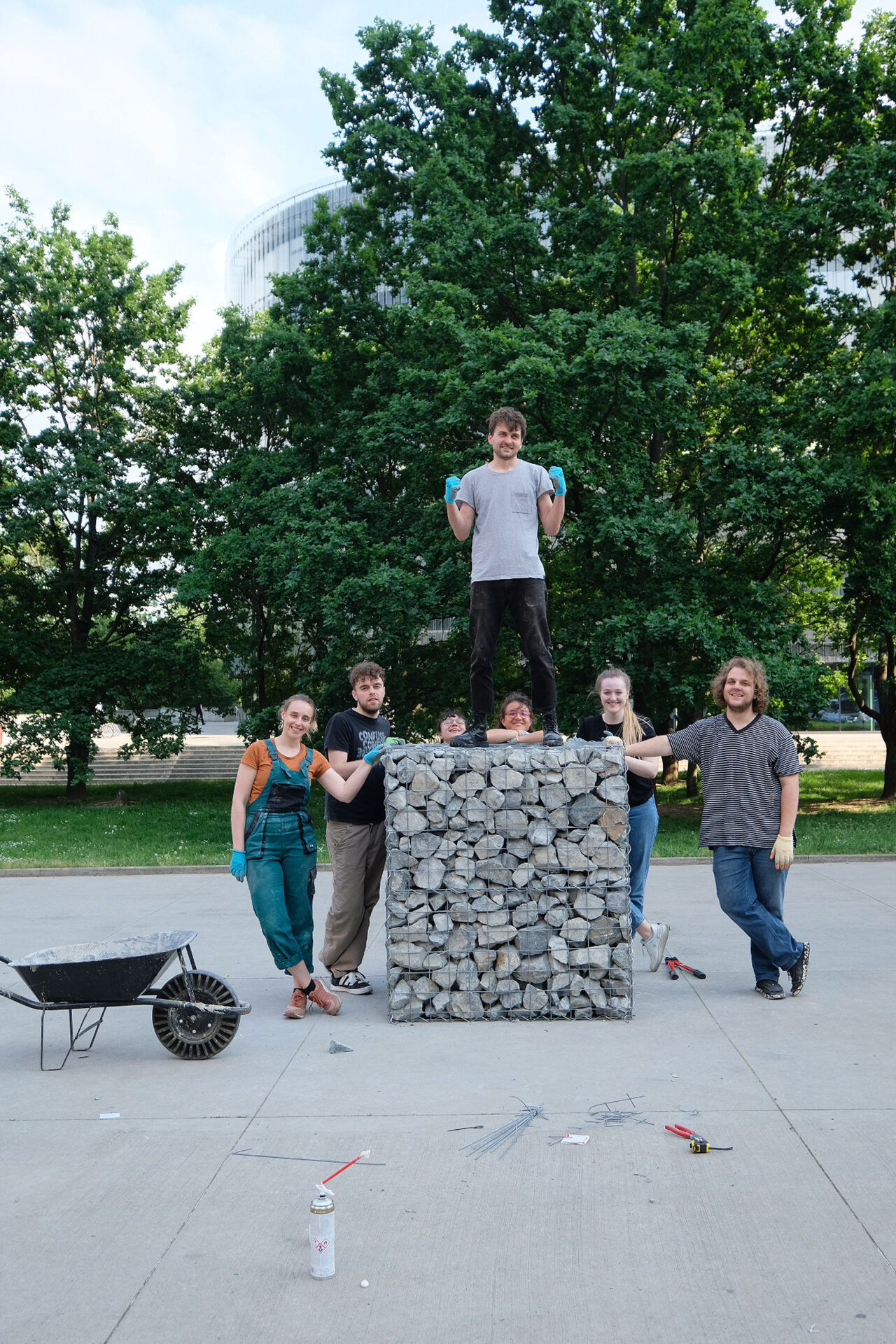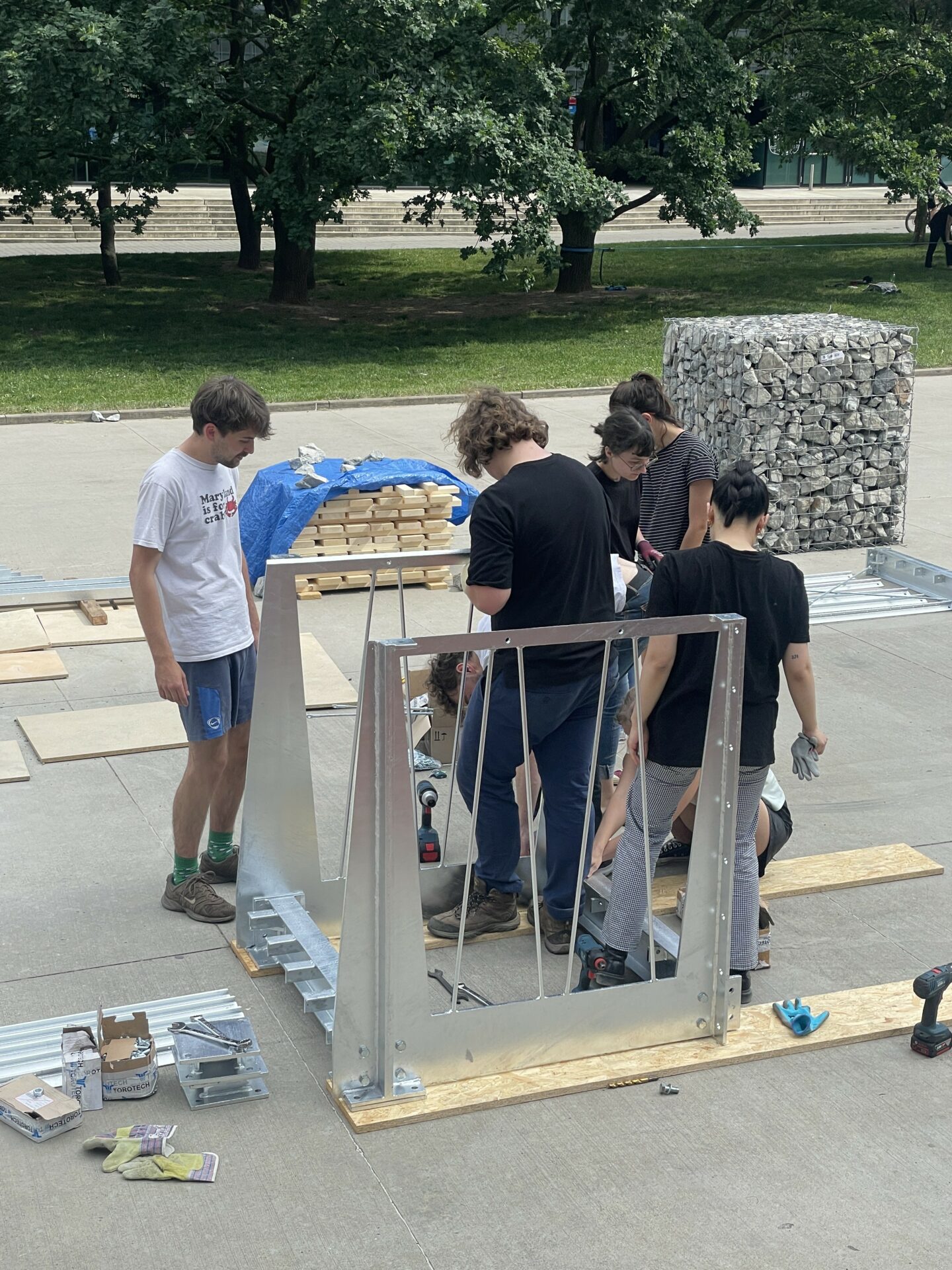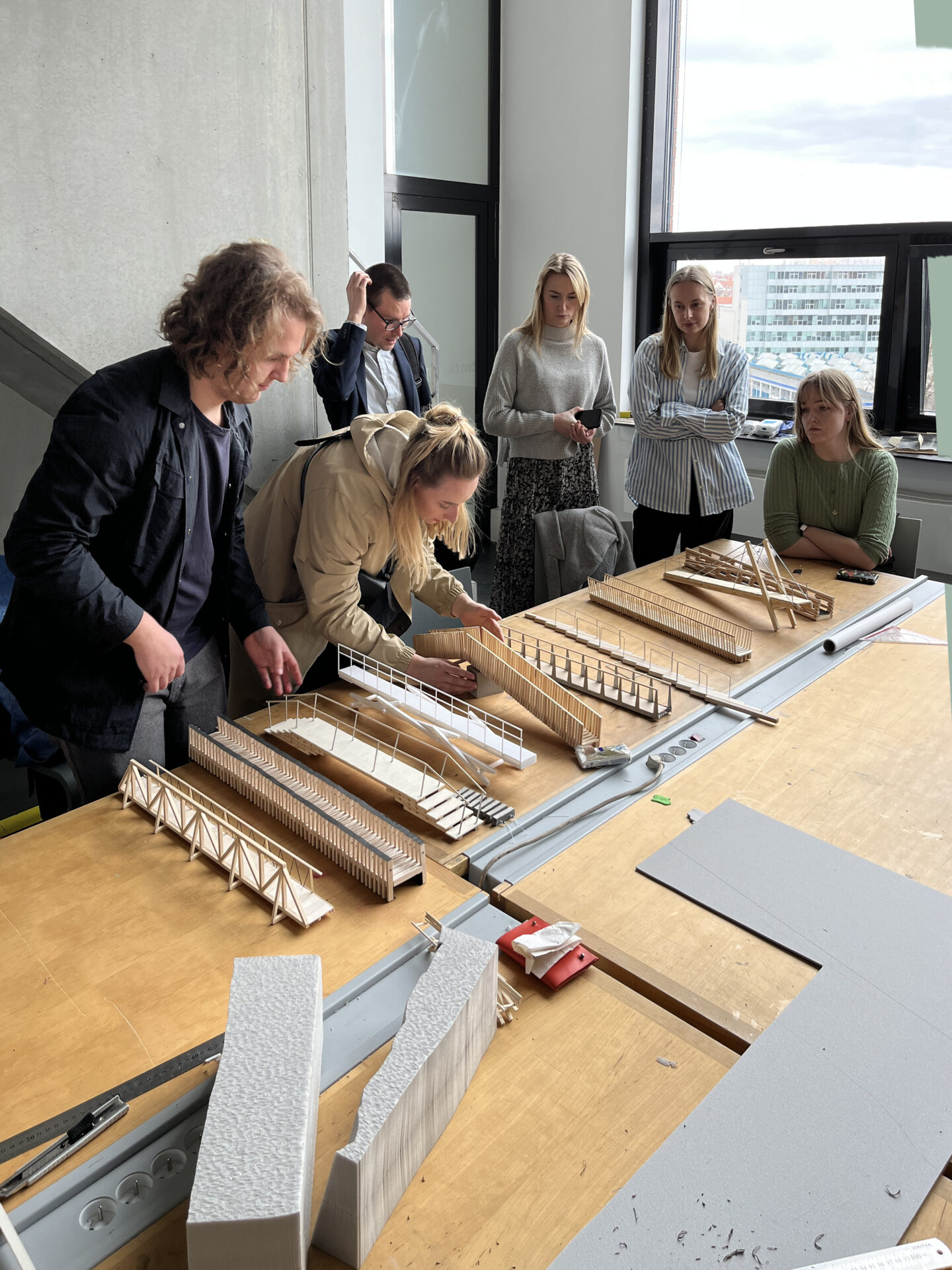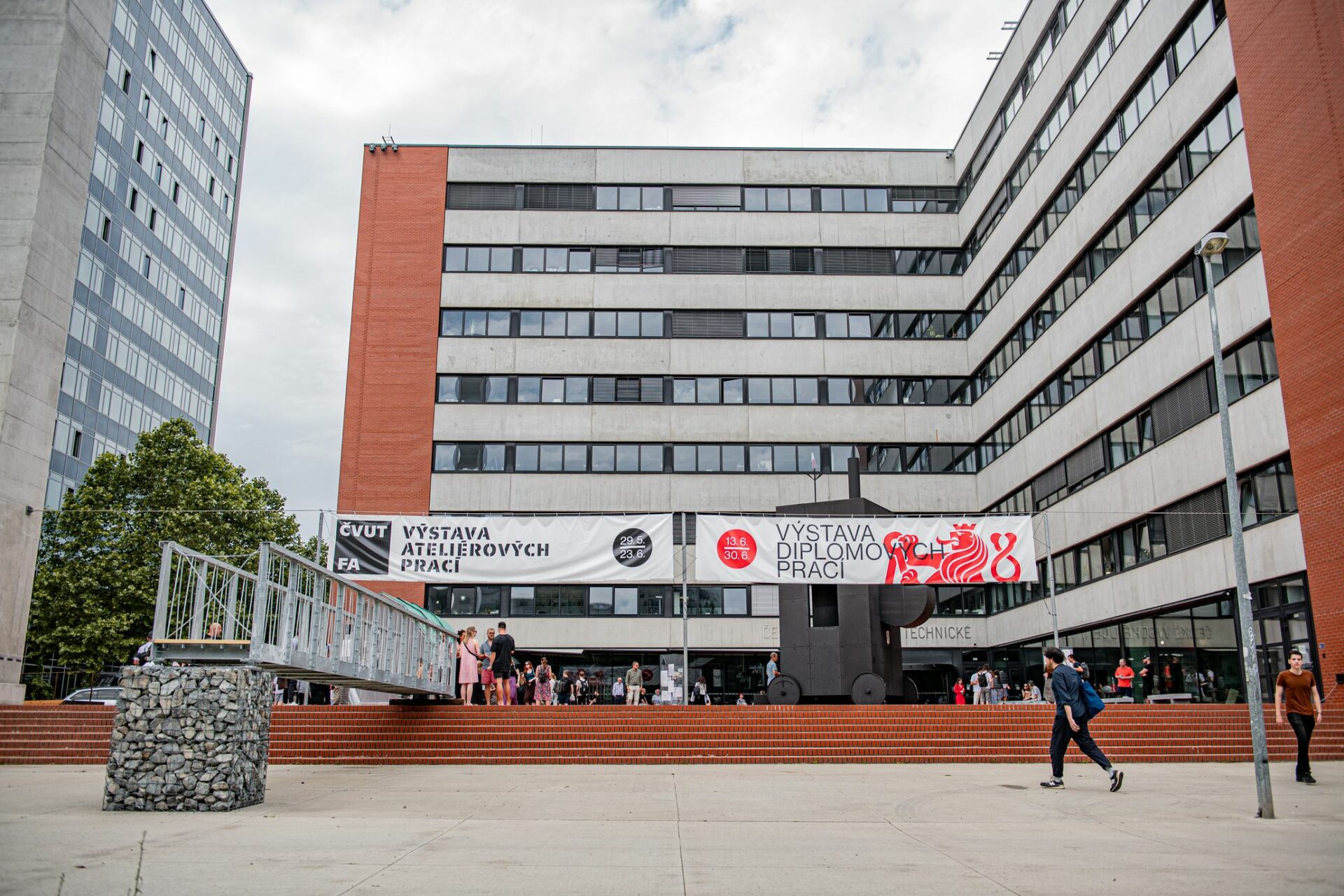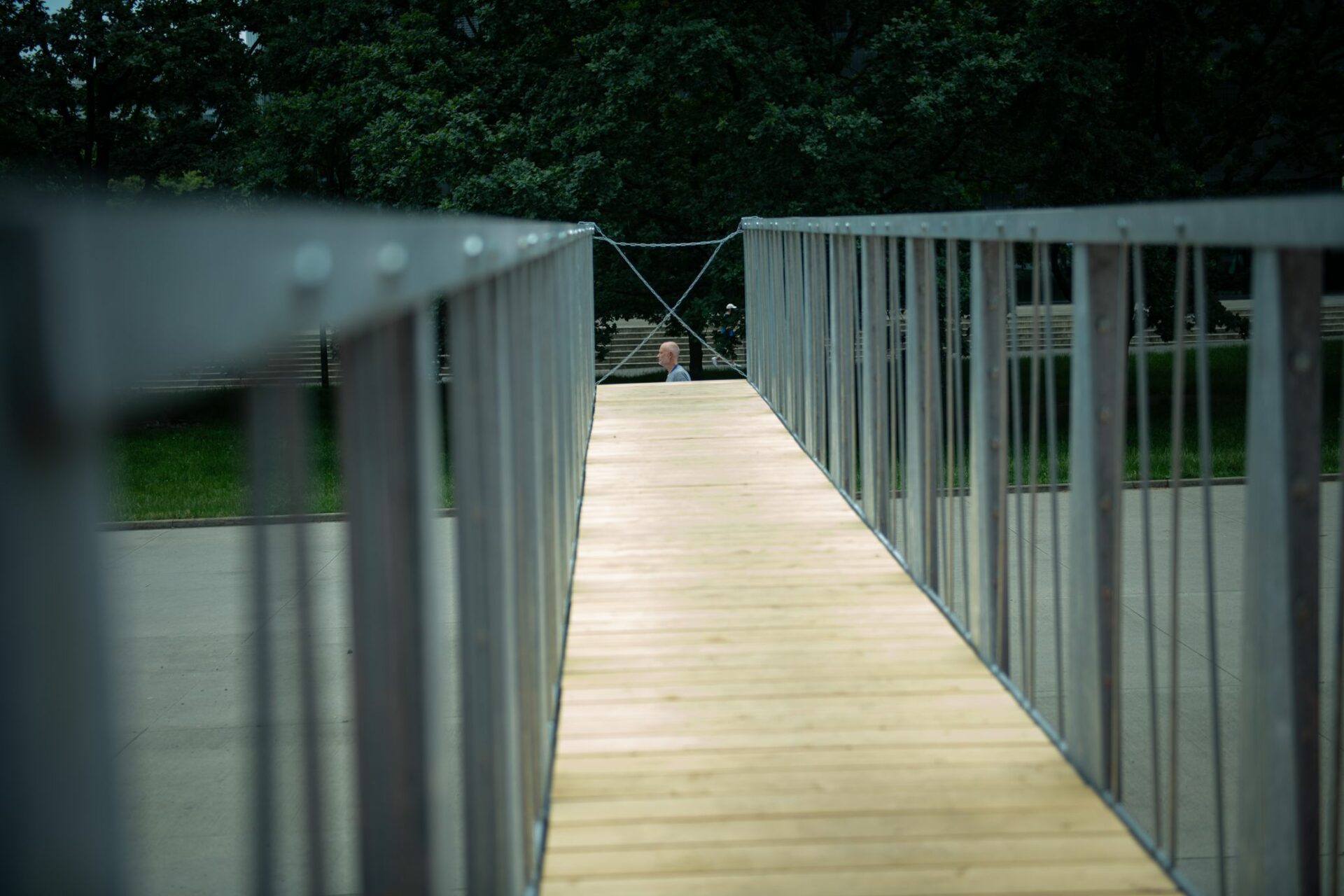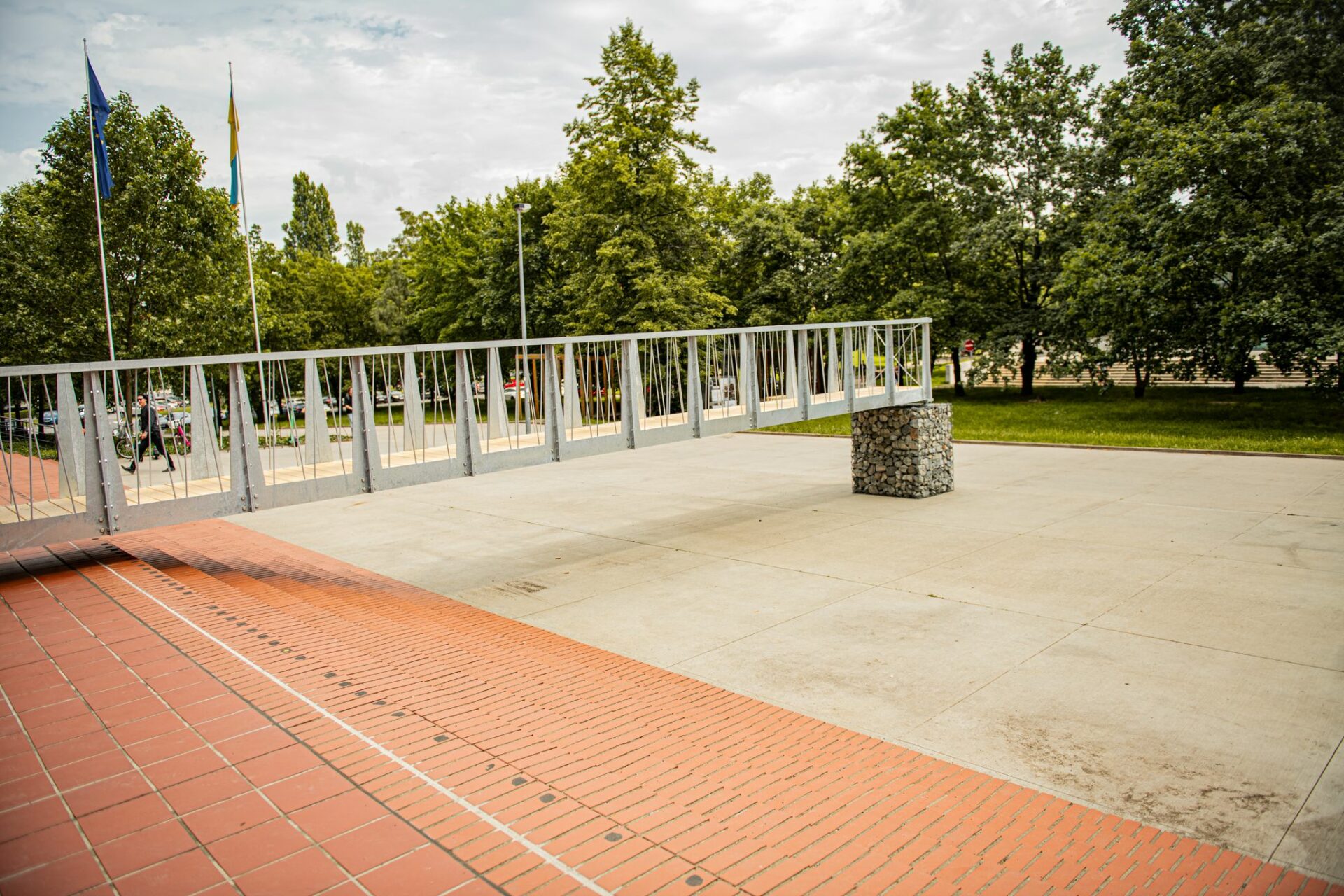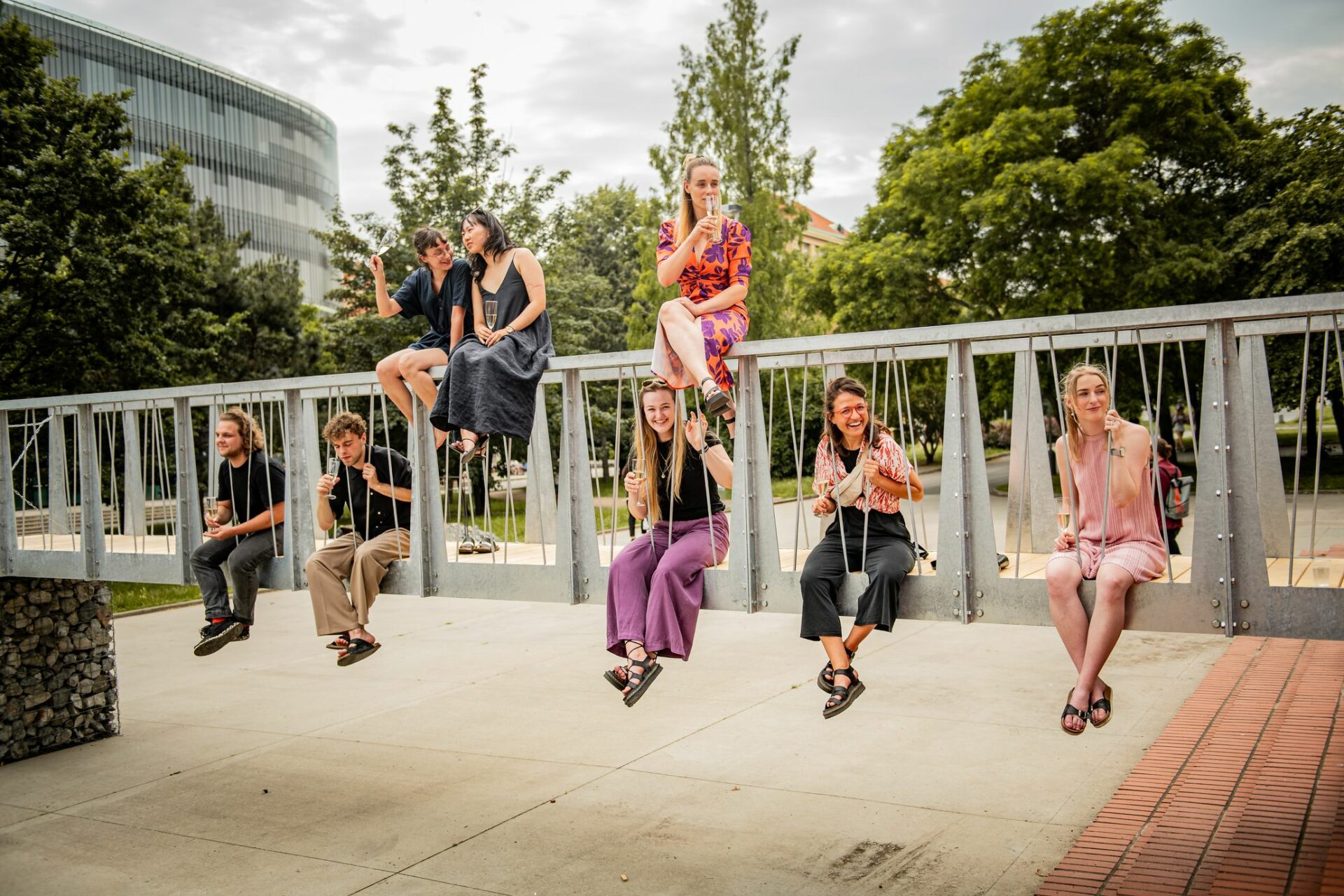Location
will be specified upon arrival on site, Czech Republic
Completion date
2023
Authors
project management: Štěpán Valouch, Jan Stibral
student team: Veronika Vávrová (author of the proposal), Timotej Hlaváček, Klára Hrdličková, Karolína Hustá, Karolína Myšková, Ondřej Pecháček, Laure Philippe, Petra Rychtarčíková, Linh Ha Trinh, David Vintera
Consultants
Jan Blažek (static solution)
Šárka Malošíková (project coordination)
Collaboration
Aparthotel Svatý Vavřinec, ARA Kolín, s.r.o, GABIONY.CZ, s.r.o., KÁMEN Zbraslav, a.s., ToroTECH, s.r.o., Signum spol., s.r.o., Metrostav, a. s., V-CON, s.r.o.
Investor
Administration of the Krkonoše National Park
Authors of photos
Iveta Valentová
The footbridge is long, utilitarian in appearance, respectful of natural wealth, yet durable, massive and distinctive. A new steel footbridge structure, complemented by a wooden walking section, replaces three wooden logs. A seemingly design addition, the handrail, actually forms the main load-bearing element of the footbridge, the Vierendeel beam. The almost 12-metre-long structure is composed of twelve repeating segments. It crosses the riverbed of the Klínový Creek obliquely, directly respecting the existing pedestrian route. Its material solution in combination with its inaccessible location makes the footbridge all the more surprising.
The design of the footbridge is based on several considerations. First is the issue of inaccessibility of the site. There is only a narrow footpath leading to the Klínový Creek, which makes it impossible to use a crane or cargo equipment. The footbridge must be disassembled into parts that can be carried by hand, and it must allow us to reassemble and disassemble it repeatedly.
The second consideration is the choice of material. We are in a place where natural conditions significantly limit the use of wood, even though it is intuitively the closest to it. Here, timber structures last no longer than 7 years and do not allow the use of shorter decomposable elements that could be easily transported. Concrete and stone elements are too heavy and transporting them would be problematic. Galvanised steel construction can last 50 or even 100 years.
The result of the effort is a compromise. A compromise between ecological, economic, moral and social sustainability. The design of the footbridge is in some ways hard and distinctive, but also delicate and vulnerable. It is an exposed footbridge whose supporting elements can be seen and felt with every step.
It is a human footbridge, sculpted from raw materials according to precise documentation into an imprecise final shape carved by human hands. Its truth and imperfection reflect our own imperfections.


